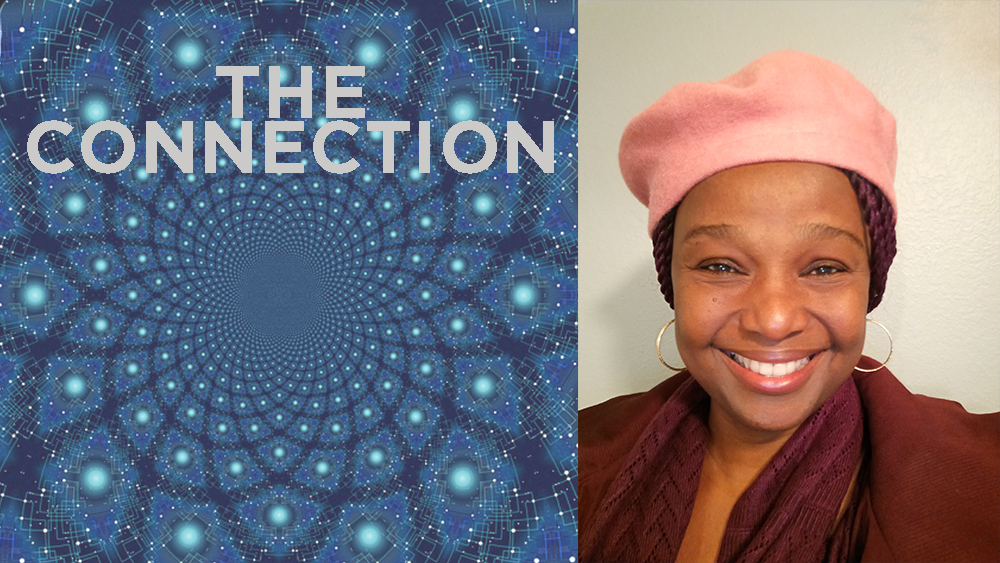
How well do public health measures reduce the spread of COVID-19? And how do people make decisions about whether to follow those protocols? New research by a University of Kansas (KU) mathematician sheds light on these questions, finding that risk perception has played a major role in human behavior and infection rates during the pandemic.
Folashade Agusto, an applied mathematician and assistant professor of ecology and evolutionary biology at KU, formulates mathematical models of disease transmission in humans and animals, exploring questions such as how temperature change affects the spread of malaria and Lyme disease. When the pandemic struck, Agusto turned her attention to developing models focusing on how human behavior impacts the spread of COVID-19.
The skills that Agusto fostered through mathematical models from her previous work offered unique and valuable insights with applications to the current pandemic. The complex and multifaceted model incorporates a range of factors, including public perception of risk, local case rates, the behavior of neighboring communities, the popularity of public health policies, and media reporting to demonstrate the effectiveness of different public health interventions.
The real-time effectiveness of this methodology cannot be understated; projecting the pandemic’s impact continues to save lives. “We developed an initial model that showed the effect of people complying with the different mitigation efforts or not complying with efforts like social distancing, hand washing, and self-quarantining, and how that played into the peaks of the epidemic,” Agusto said. “A question one might ask is ‘what is driving this behavior,’ and we believe the driving force behind people’s behavior is their perception of risk of the disease.”
Agusto and her collaborators incorporated geography and outside community effects into their models. “The next scenario was where we have locations like Lawrence, where people are complying, and Kansas City, where people are mostly complying. We are all connected and moving around together. How is this impacting the spread of the disease?” Agusto said.
These updated models showed that more people were willing to self-isolate once the disease and protocols were broadly understood, influencing the flattening of the infection curve. Continued compliance, however, was also a missed opportunity witnessed by Agusto. “I had hoped that by the end of 2020, we would be back to some semblance of normalcy, but seeing how people politicized the use of face masks, I knew that this wasn’t going to end as soon as it could have,” Agusto said. “We should continue to follow science, and if we do, we will get back to normal.”
Nigerian-born Agusto wanted to become an actress in high school but found the challenge of physics and math more inspirational. Her mother was limited to an elementary education due to cultural restrictions at the time, but Agusto’s family made sure that she went as far with her education as she wanted to go. She moved to the U.S. in 2009 as a postdoctoral fellow at the University of Tennessee, working under her mentor, Suzanne Lenhart. The sponsorship was life-changing for Agusto, who shifted her focus from applied math to biological systems under Lenhart’s guidance. “When I saw her work, I knew I could do this. Her support was something I didn’t have before, both in terms of my career and personally,” Agusto said. “I am trying to mirror that for my students.”
Agusto came to KU in 2015 as a Langston Hughes Visiting Professor, jumping at the opportunity to play a dual role as a researcher and educator. “I adore Lawrence,” she said. “The people are kind, and my colleagues are supportive. We lift each other up.”
Agusto’s models will influence regional COVID-19 control efforts and will have applications to future disease management and policy decisions. Understanding how human behavior influences the spread of COVID-19 provides our region the ability to redirect current efforts to impact daily infection and fatality rates positively and sets a precedent for the value of science — saving lives.